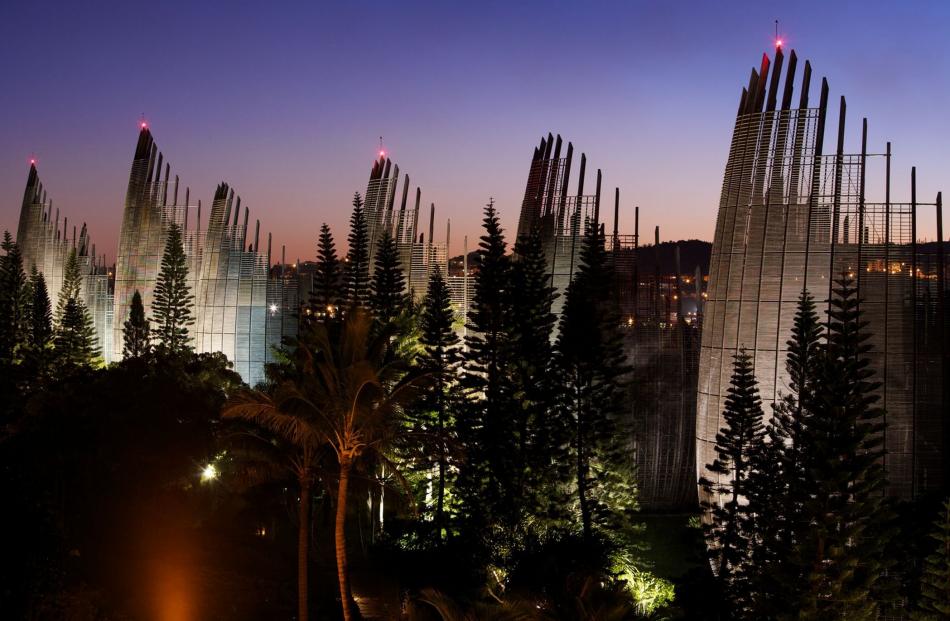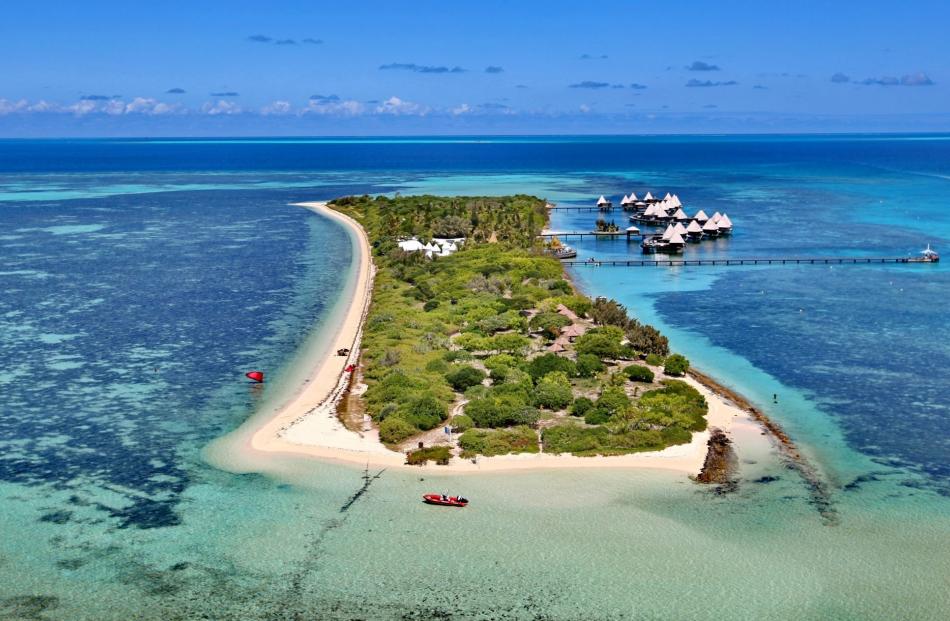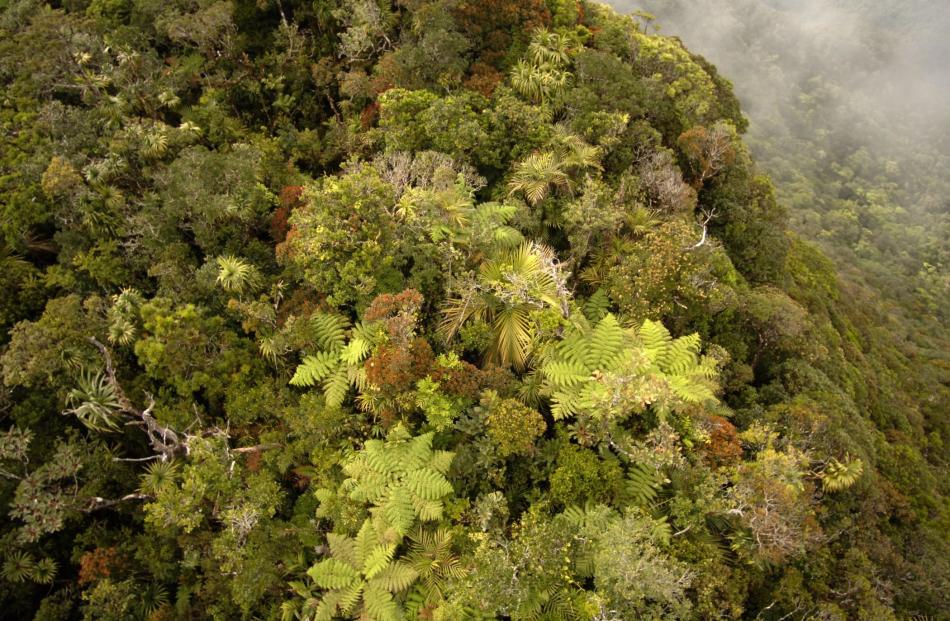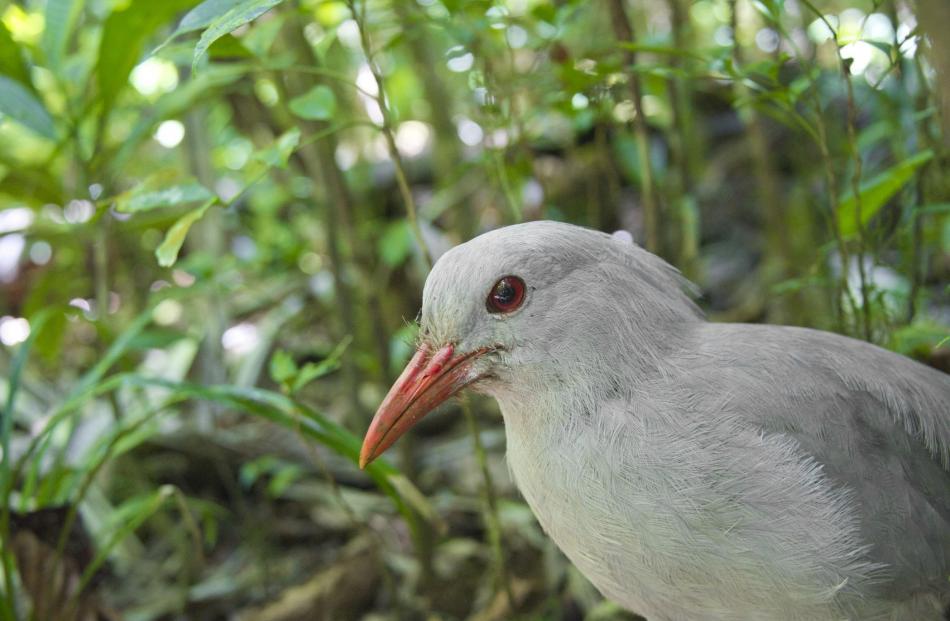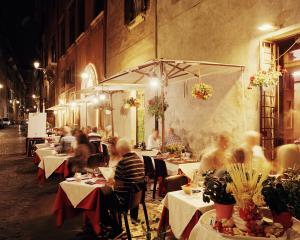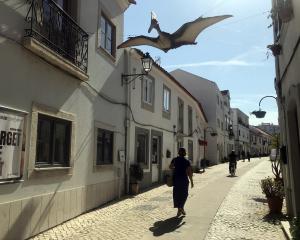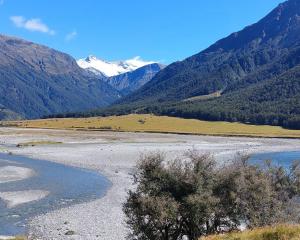Beyond Noumea’s sparkling colour, character and cuisine, I was eager to spread my wings beyond the capital, for some island treats and hinterland adventure. A must-do is to take a jaunt to the Tjiabou Cultural Centre to learn about New Caledonia’s indigenous population: the Kanak people.
This architectural masterpiece was designed by the decorated Italian architect Renzo Piano and funded by the French government. Built within a gorgeous bayside and forested setting on Tina peninsula, only 20 minutes from Noumea, the centre is headlined by 10 towering curved and arrow-shaped steel and timber structures inspired by traditional Kanak Great Houses. They’re all connected by a processional pathway.
Their traditional equivalents are situated behind the main structure, which are equally fascinating for their stately height and cylindrical beauty. Piano’s magnificent statement architecture houses a trove of traditional Kanak works of art and tribal relics.
I also took a guided walk around the centre on the Kanak pathway, which offers numerous insights on traditional gardens, replete with native New Caledonian flora, and the Kanak creation story. Walking this path vividly reinforces the symbolism of the plant world in the Kanak universe. The centre also pays tribute to the pro-independence Kanak leader Jean-Marie Tjibaou, who was assassinated in 1989 by a separatist radical, after Tjibaou signed a peace settlement with France.
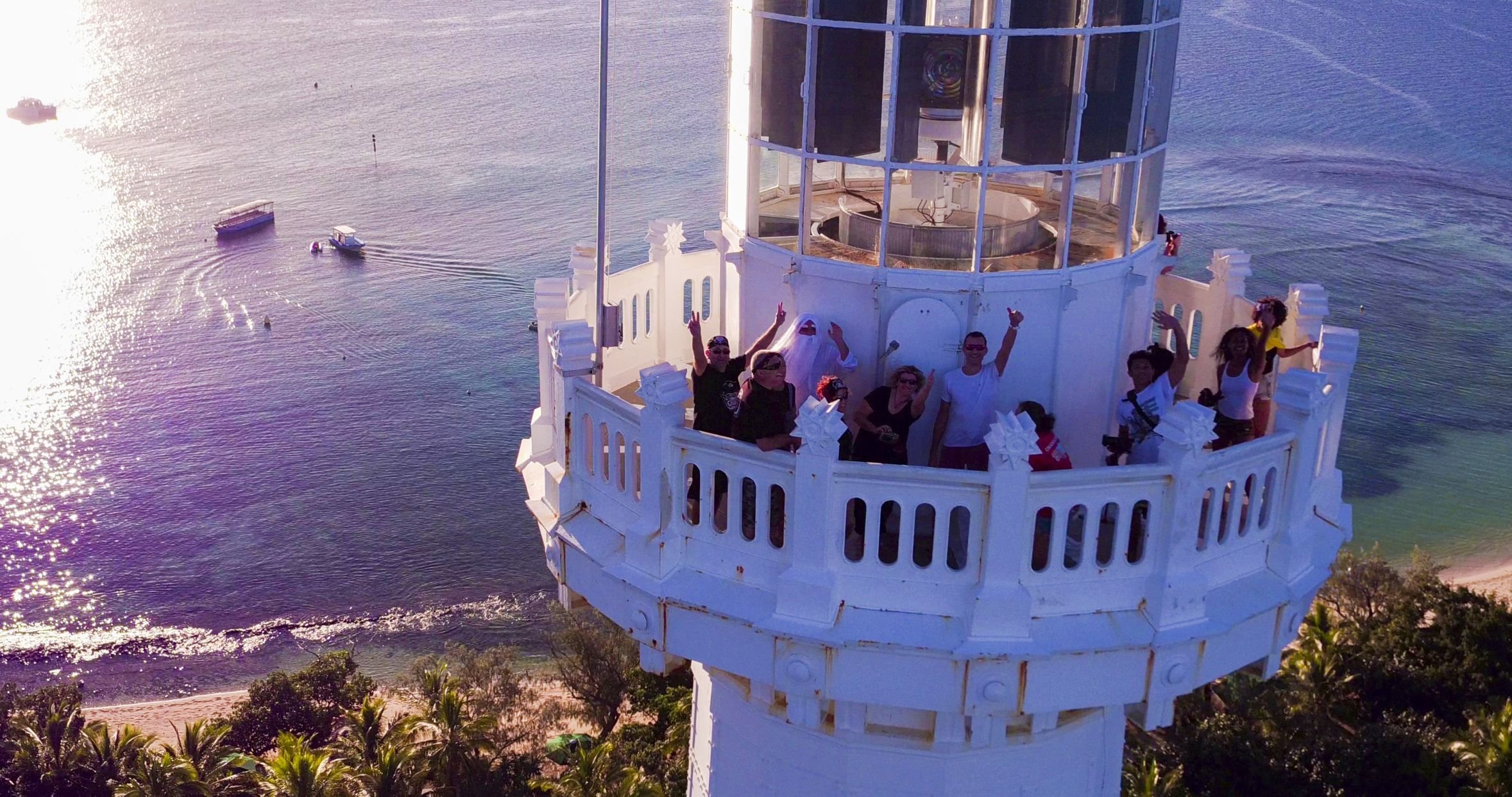
Created in 1980, this immense park extends over 22,000 hectares. The forestry and mining operations that were set up here at the beginning of the last century left some clearly visible remains on the site, but Mother Nature has reclaimed its rights. The exceptional array of native plant and bird species hidden away in the ochre earth of the south is jaw-dropping. But first up, the geology. This deep red terrain is mineral rich - not just in nickel, but in copper and iron. Francois gave me a beginner’s guide to local geology, with his trusty collection of rocks.
The landscape alternates between shrubland, dense forests and wetlands. A man-made dam, completed in 1958, provides electricity for the national grid. There are countless photo opportunities including walking across the gorgeous old wooden bridge, originally built to lug timber and minerals over the Blue River. Near the Pérignon Bridge is a wonder of nature: the drowned forest. White trunks stripped of all vegetation pierce the still lake. This petrified landscape is worthy of a film set.
Speaking of filming, in the rainforest area of Blue River Park, Madeline Falls and the Blue River, surrounded by a Jurassic-like landscape, was extensively used as a backdrop of the 1999 BBC series, Walking with Dinosaurs. On foot with Francois, we strolled a variety of trails and he introduced me to some of the ancient giants and botanical marvels of Blue River Park. Francois remarked, ‘‘New Caledonia is a living museum for old plants and trees.’’ And a throwback to Gondwanaland. Iconic to New Caledonia are the various conifer pines, like column pines, one of 14 Araucaria species that still thrive here, dating back hundreds of millions years.
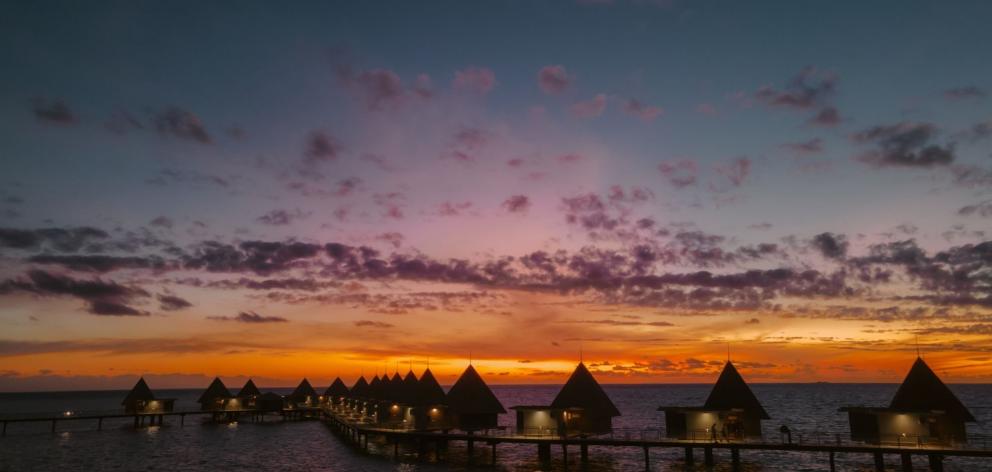
I was also enthralled by the amazing plant life that flourishes in Blue River Park, including wild carnivorous plants that live to eat insects, like the Nepenthes Vieillardii, or pitcher plant. My favourite sighting was of the Xantostemon Aurantiacus, a triumphant red and yellow flowering delight. After a hearty barbecue lunch, the vivid blue of the namesake river transfixed me, as we wandered more trails and savoured amazing swimming rock pools, edging the river.
But there was one more highlight to come - a personal encounter with New Caledonia’s national bird, the cagou. Blue River Park’s intrepid conservation endeavours have seen a stunning comeback from the brink of extinction for this emblematic bird. Curious and flightless, and similar in size to a kiwi, this inquisitive bird is active during daylight hours feeding on insects. After walking into the forest, it wasn’t long before a pair of cagou answered Francois’ calls and tottered over to us to see what all the fuss was about.
They let out a yap like the bark of a small dog. These highly photogenic crested birds have brilliant red eyes, long orange legs and bills, and a bluish-grey plumage. A couple of decades ago, there were only 60 known cagou left, but largely due to this park’s stirring conservation endeavours, there’re now over 2000 of them. Make a date with Francis Tran and the Caledonia Tour Company for a rollicking day immersed in nature’s treasures. Blue River Park is a revelation.
New Caledonia’s World Heritage-listed lagoon and reef is a colossus. Spanning more than 1.3 million square kilometres, Le Parc Naturel de la Mer de Corail, or ‘the Natural Park of the Coral Sea’ is the second largest nature preserve on Earth. This marine park is larger than Alaska, twice the size of Texas and three times the size of Germany! For a short and sweet dabble in that crystal clear lagoon, with all its aquatic attractions, why not check out some of the islets just offshore from Noumea?
I enjoyed an incredible overnight stay at Doubletree by Hilton Ilot Maitre Resort. Sitting pretty in a marine reserve, this alluring island resort has serious brag-factor, because they are accentuated by New Caledonia’s only overwater bungalows. Moreover, these luxurious bungalows on the lagoon are the closest overwater bungalows to New Zealand — and unlike other South Pacific overwater offerings, they won’t cost you the earth. Just a 20-minute boat ride from Port Moselle in Noumea, Ilot Maitre is a stupendous island escape, with all the trimmings, cradled by the languid, benign waters of the lagoon.
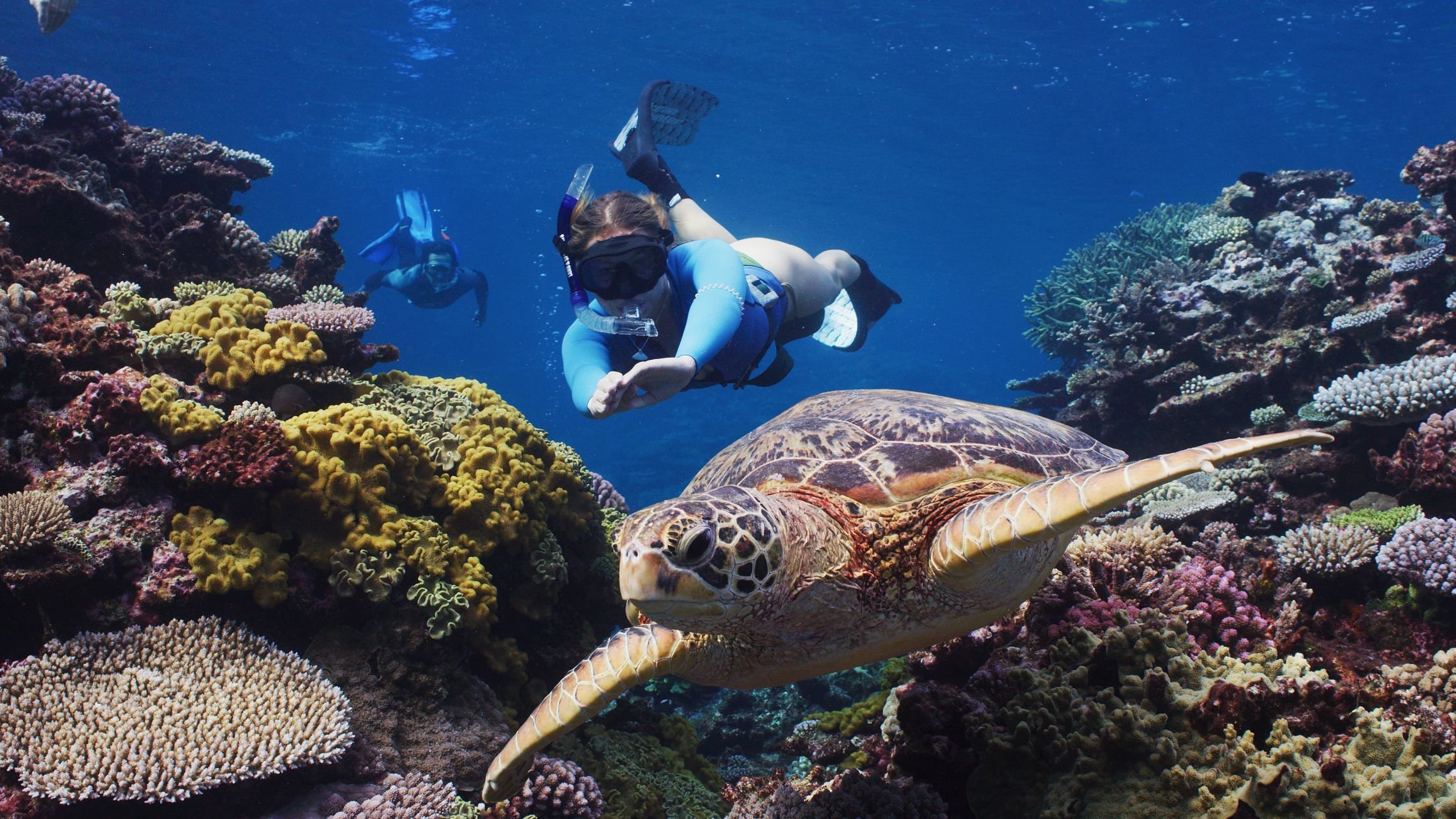
Speaking of gluttony, the local gulls are like a crack squad of trained muggers, who will swoop on any table where food has been left unattended, at lightning-fast speed. But the piece de resistance is undoubtedly the unfurling necklace of overwater bungalows, fanning out into the lagoon. Sumptuously designed and generously sized, the panoramic overwater bungalows have direct access down the steps into the lagoon. Savouring a sunset in such a setting is beyond dreamy - it’s delirious.
Another fan-favourite from Noumea is a day-trip to Amedee Island. Head out from Port Moselle on board Mary D Seven, a zippy fast ferry that will whisk you over to the coral islet and the outer reef, in 45 minutes. In the bright sunshine, the water dazzles, while the historic island lighthouse towers over proceedings. In 1861, due to the many shipwrecks of boats entering the lagoon, Paris ordered a lighthouse to be built for Noumea. A French engineer from the Eiffel Tower workshops in Paris, started to work on this glorious, gleaming white monument in 1862. Standing 56-metres in height, it is one of the tallest lighthouses in the world.
It was taken apart and shipped to the colony, to be reassembled and erected on the island. For the ultimate view, haul your way up the 247 steps of the cast-iron spiral staircase to the lighthouse balcony, for the view of views across the lustrous lagoon. A tropical buffet lunch is all part of the package. I feasted on poisson cru, fresh mussels, pulled pork, sweet potatoes, spicy pickles and crispy baguettes in a great celebration of Franco-Pacific fare.

